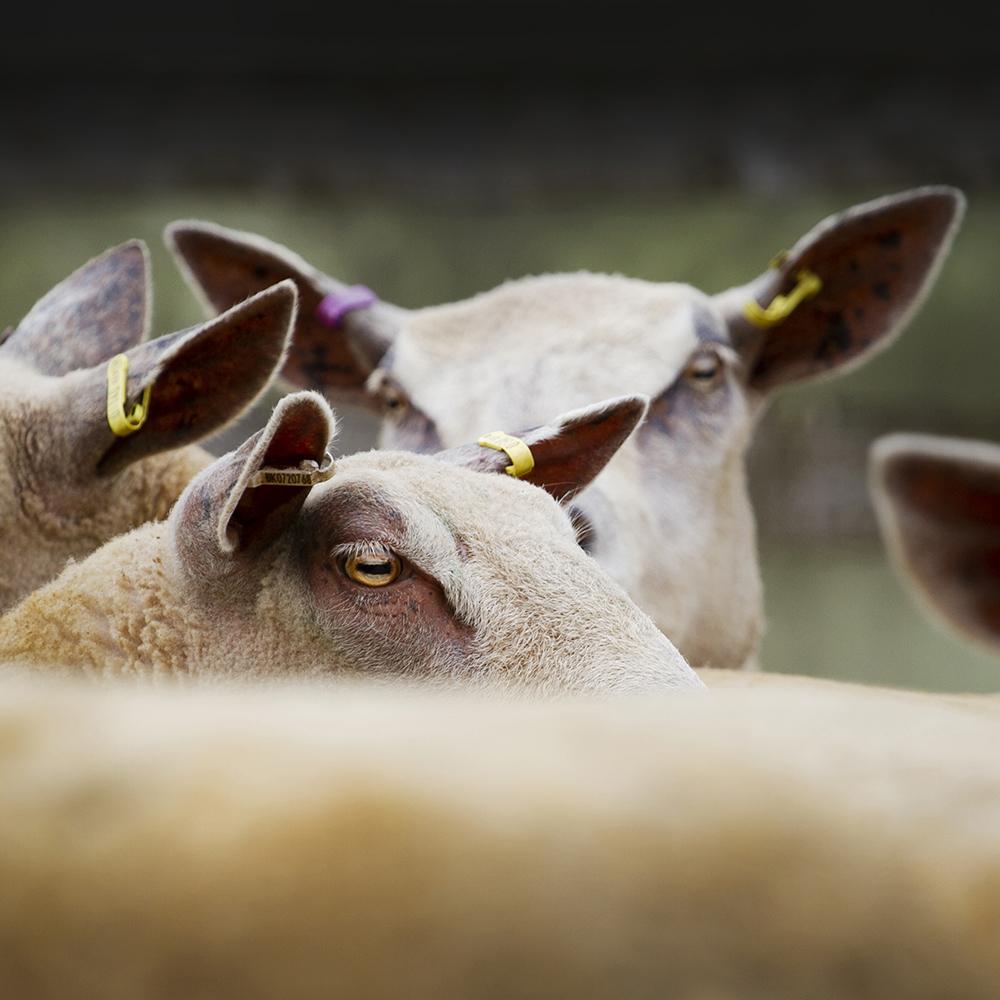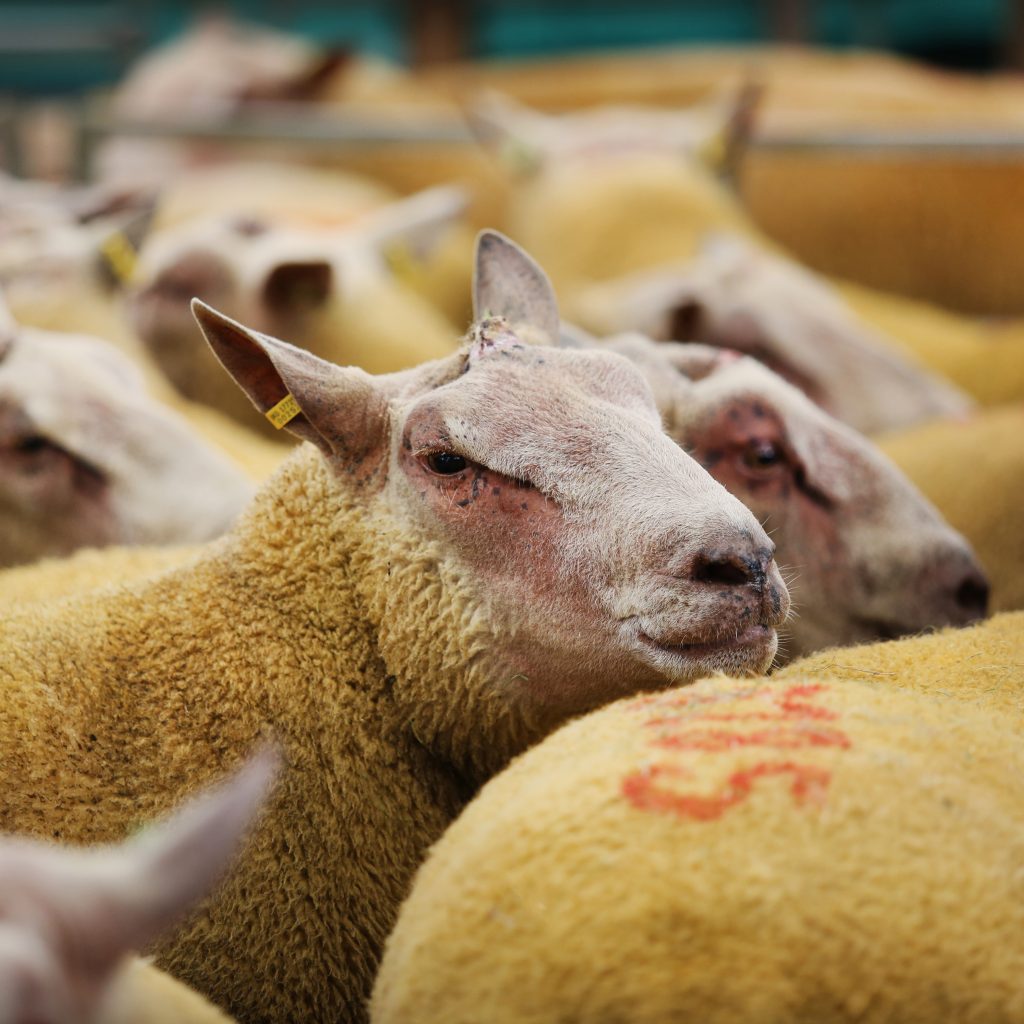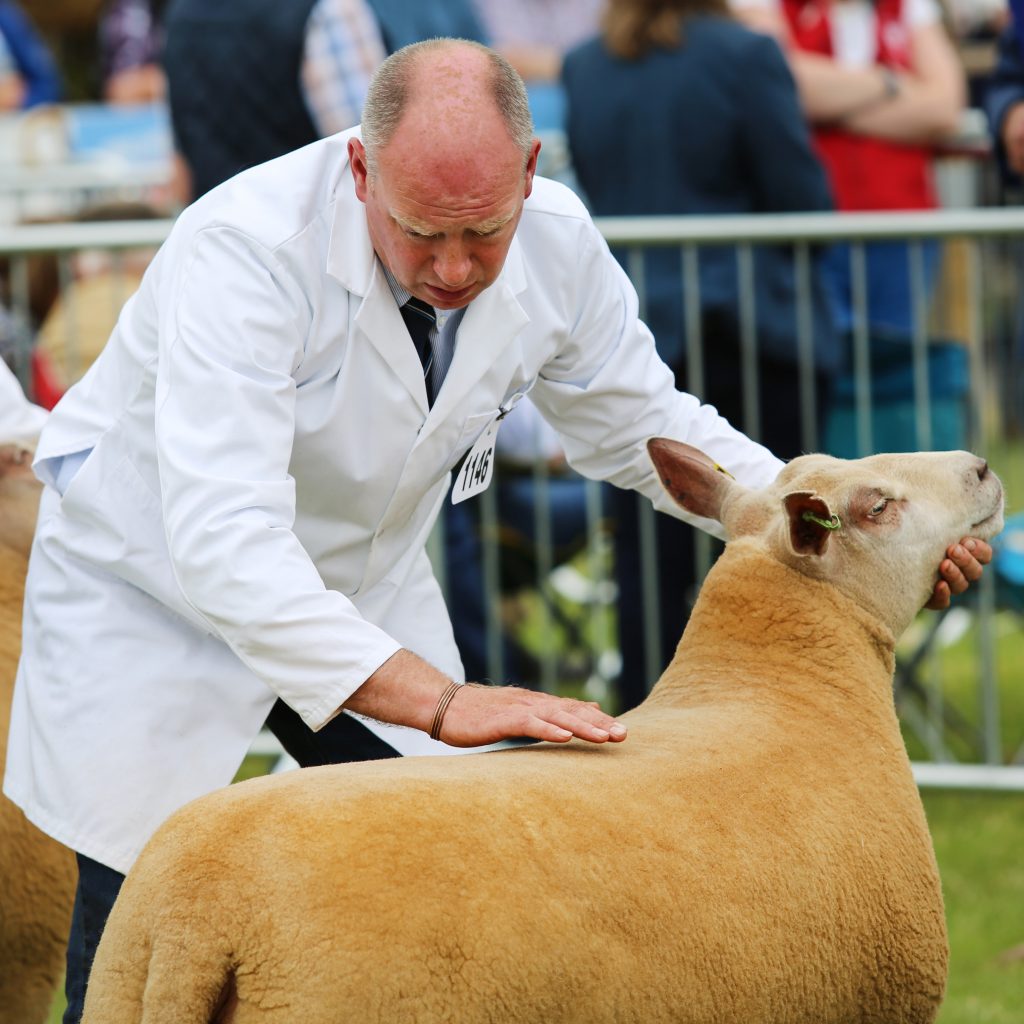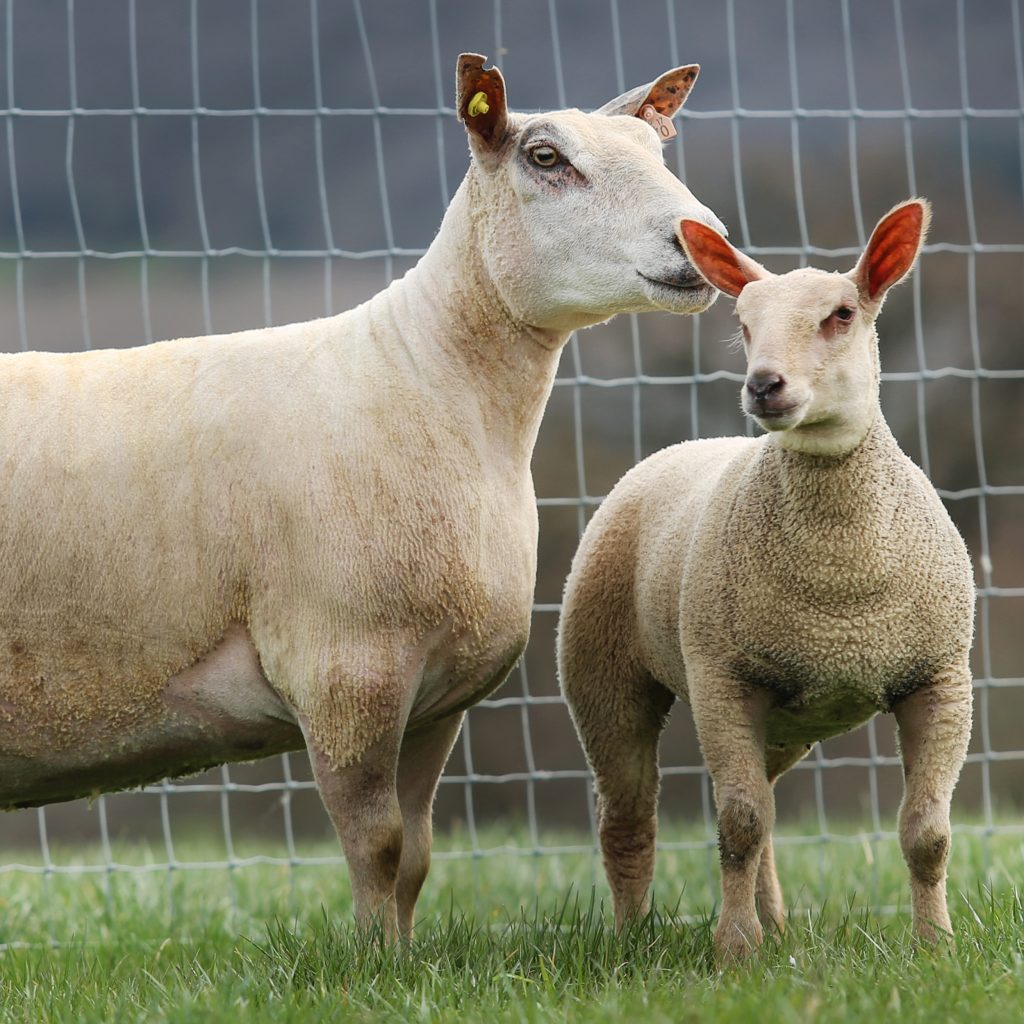School Hill farm stands up on the hillside in the small hamlet of Askwith, between Ilkley and Otley overlooking the river Wharfe and further back beyond, the brooding Ilkley Moor. Ken and Adele Marston have farmed here for the last 33 years taking over the tenancy, on the Dawson Estate from his dad. The farm now runs to around 250 acres with additional land taken on for grazing around the area, where they carry a flock of around 400 lambing ewes and a herd of 50 Suckler cattle, mainly Limousin X Blue cows. Their son Scott, who also works at home part time, has a small herd of Pedigree Limousin cattle and a pedigree flock of around 20 Charollais ewes. The land runs to just over 1000 feet at the top, from where you get an exceptional view over the Vale of York.
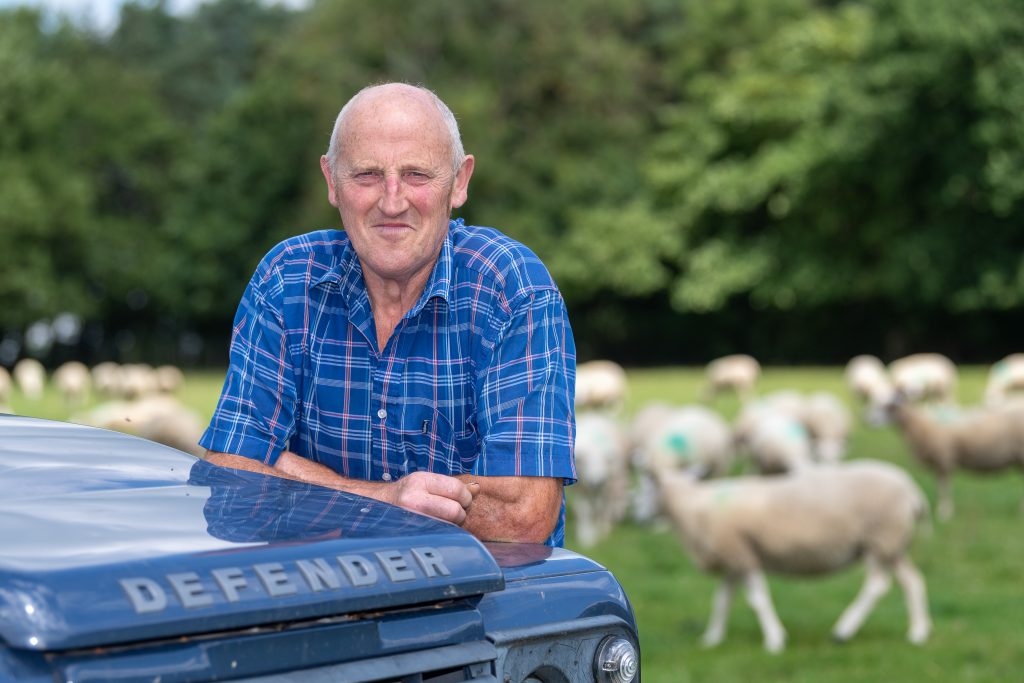
The sheep flock consists of around 300 Texel cross ewes along with 50 or 60 mule ewes and Adele runs her own flock of 20 pure Cheviot ewes and with them they also carry some Cheviot cross Texel ewes too. The mule ewes are crossed with the Texel ram and the gimmers are retained to make up the core of the flock. After trying several different breeds on the Texel X Shearlings, the Marston’s settled on using the Charollais over a decade ago, as they found that they lambed a lot easier and stood up well and got to the teat well. “They have a spirited nature and that stands them in good stead when they are born” Ken notes. The lambs grow well and with a good meat to bone ratio they kill out well are always in demand when they take the fat lambs to Skipton, where they sell most of their stock. A lot of the lambs are finished off grass and as the costs of cake has been so much higher this year, they have cut back on creep feed, but still find that the Charollais lambs outperform other terminal sires
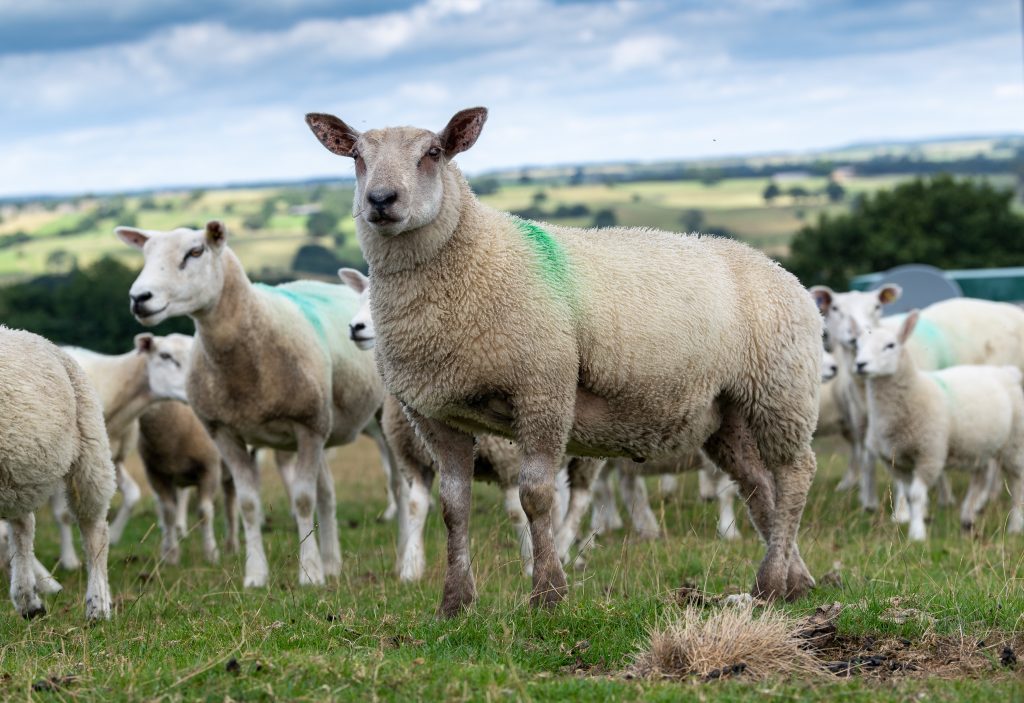
They start lambing in early January, to catch the easter market, Ken finds that the Charollais lambs gain weight well and can be 4-5kg heavier than the equivalent Texel lambs. “We put them on the scales, and even though they look similar, the Charollais weigh that much better” he says. Catching that early market pays dividends and has had them hit over £200. This year they were up to a more “modest” £175, which by any accounts is a cracking trade. They are good clean lambs and catch the eye of the butchers and discerning buyer, where quality counts all the way, and killing out well is so important.
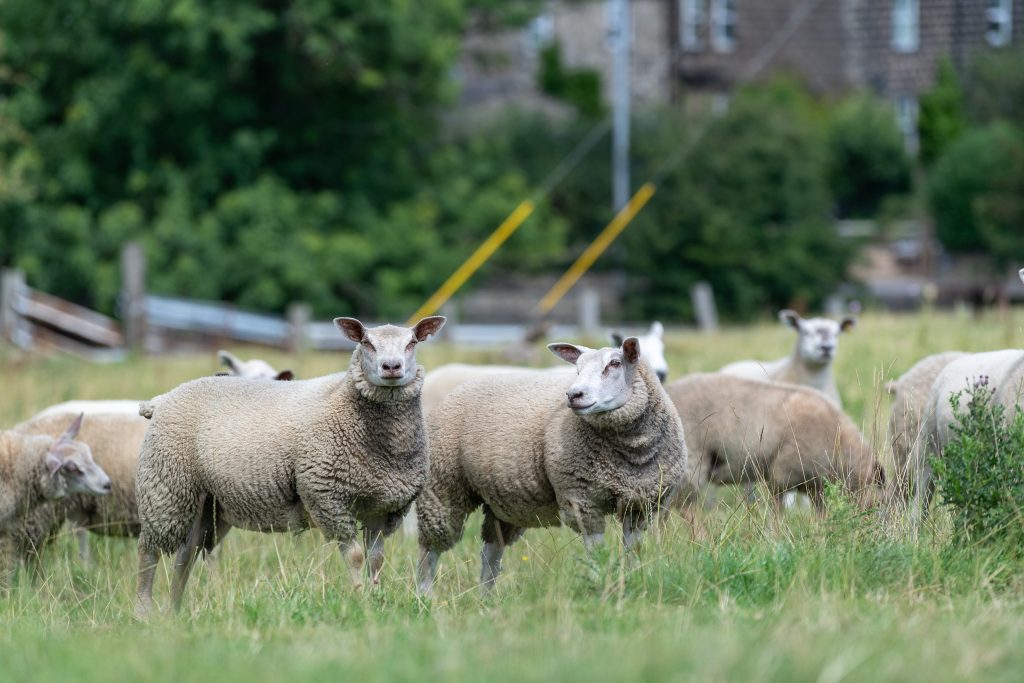
When looking for a new tup Ken likes to concentrate, on a good carcase and skin, but he also likes to look for a tup that is just a little bit whiter on the face as he feels those types of tups are just that little bit harder and thrive better on their farm and put that extra hardiness into the lambs too. They buy their tups at local markets, such as Skipton, who have a society sale in early September and at Bentham, where there is always a good choice of Charollais rams at their Rampage in late August. They have bought tups at both sales before which have gone on and done well for them, buying from Towers at Bentham and last year from the Foulrice flock at Skipton.

